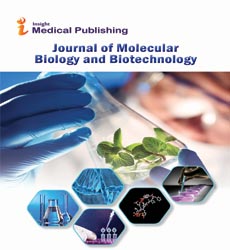Directed differentiation of Human Dental Pulp Stem Cells into mature cholinergic neuron using Cerebrospinal fluid: Mimicking stem cell niches
Abstract
Objective: Human Dental Pulp Stem Cells (hDPSCs) could be differentiated into cholinergic neurons under particular microenvironments. It has been reported that a wide range of factors, presented in Cerebrospinal fluid (CSF), playing part in neuronal differentiation during embryonic stages, we herein introduce a novel culture media complex to differentiate hDPSCs into cholinergic neurons. Materials and Methods: The hDPSCs were initially isolated and characterized. The CSF was prepared from the Cisterna magna of 19-day-old Wistar rat embryos (E-CSF). The hDPSCs were treated by 5% E-CSF for 2 days, then neurospheres were cultured in DMEM/F12 supplemented with 10-6 μm Retinoic Acid (RA), GDNF and BDNF for 6 days. The cells which were cultured in basic culture medium were considered as control group. Morphology of differentiated cells as well as process elongation were examined by an inverted microscope. In addition, the neural differentiation markers (Nestin, ChAT and MAP2) were studied employing immunocytochemistry. The genes ISLET1, Olig2, and HB9 were assayed by real-time PCR. Results: Neuronal-like processes appeared during differentiation. Cholinergic neuron phenotype with ChAT and mature neural marker (MAP2) were expressed in treated group. In addition, motor neuron related genes were expressed in cholinergic neurons. Moreover Nissl bodies were found in the cytoplasm of differentiated cells. Conclusion: Taking these together, we have designed a simple protocol for generating cholinergic neuron using CSF from the human dental pulp stem cells, applicable for cell therapy in several neurodegenerative disorders.
Open Access Journals
- Aquaculture & Veterinary Science
- Chemistry & Chemical Sciences
- Clinical Sciences
- Engineering
- General Science
- Genetics & Molecular Biology
- Health Care & Nursing
- Immunology & Microbiology
- Materials Science
- Mathematics & Physics
- Medical Sciences
- Neurology & Psychiatry
- Oncology & Cancer Science
- Pharmaceutical Sciences
